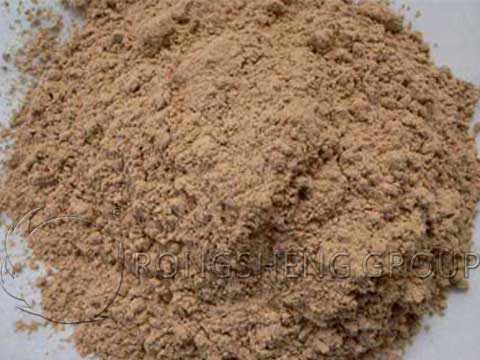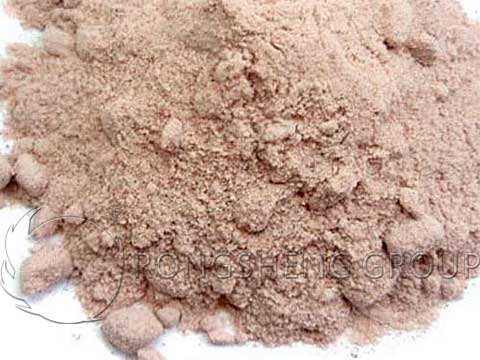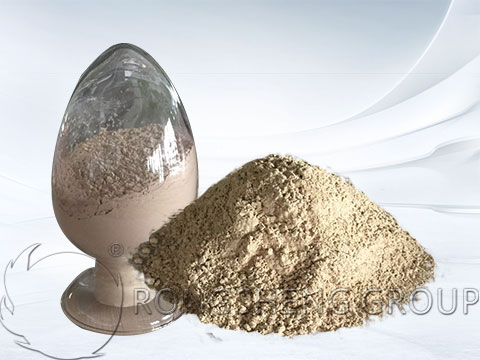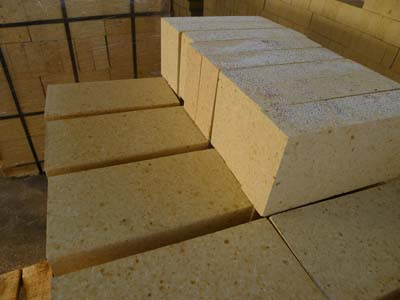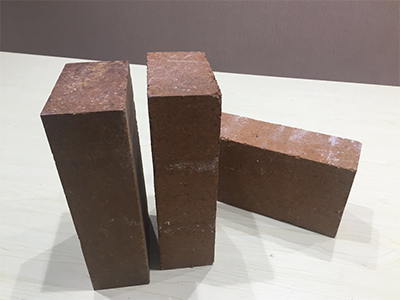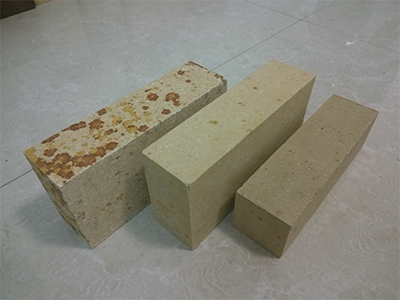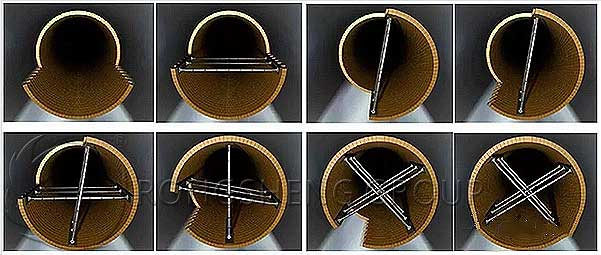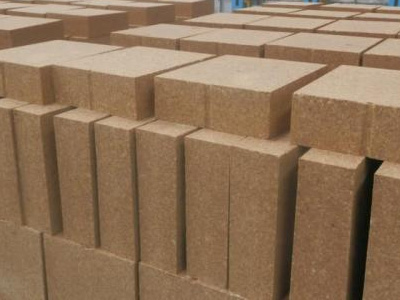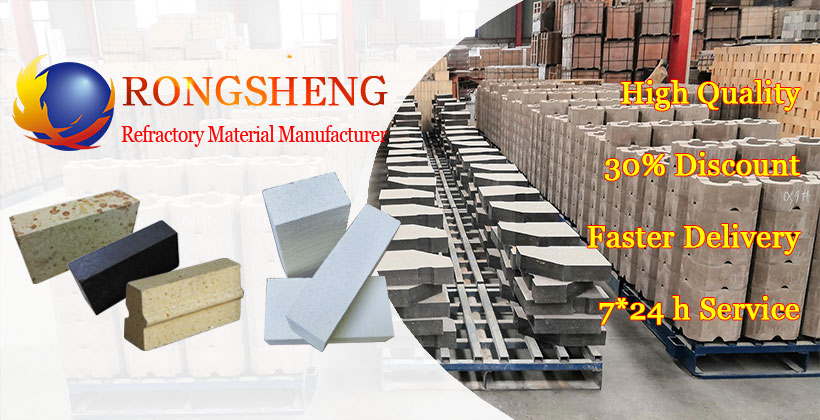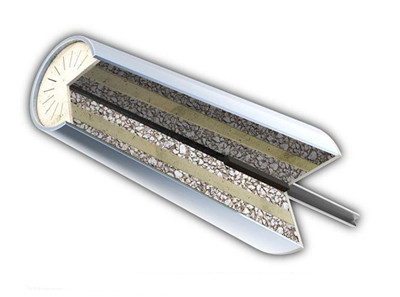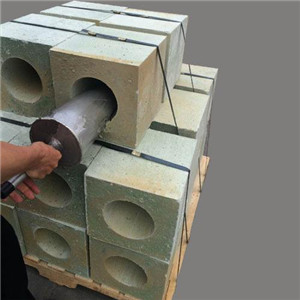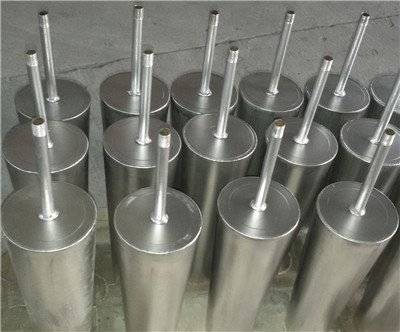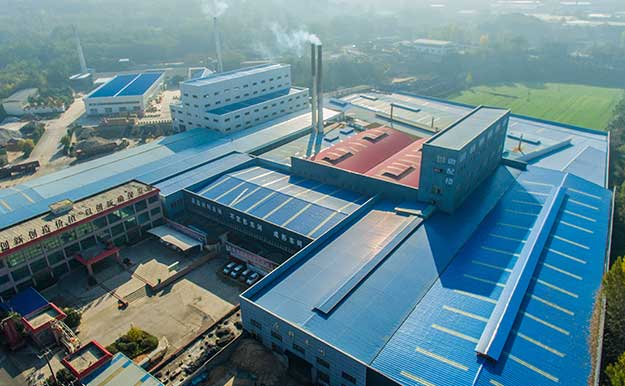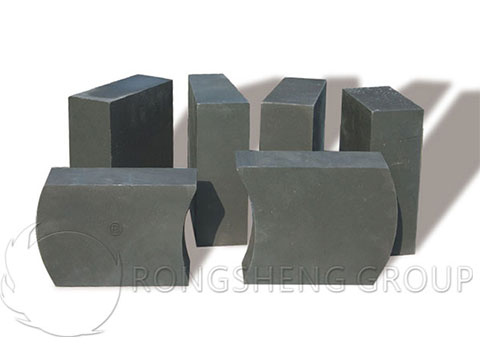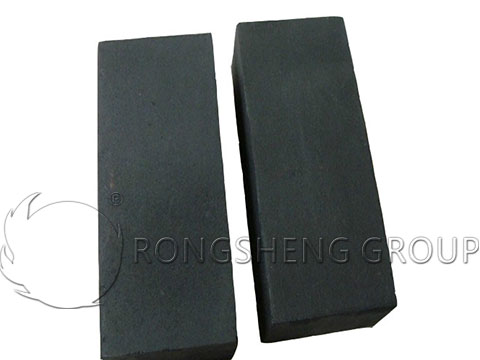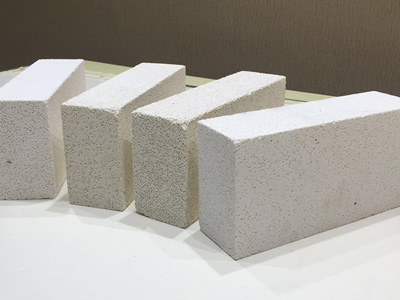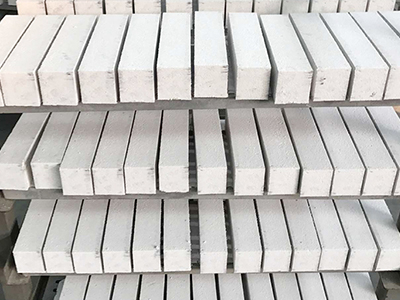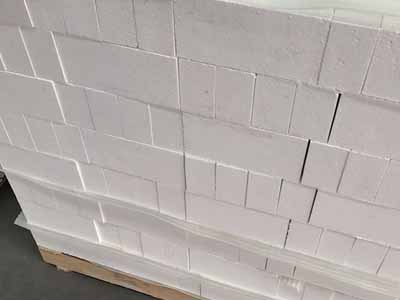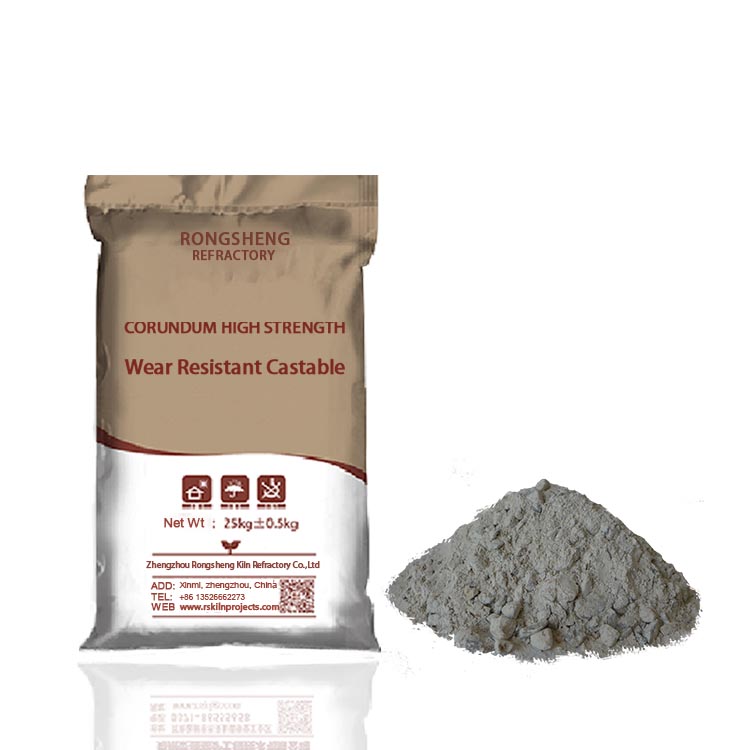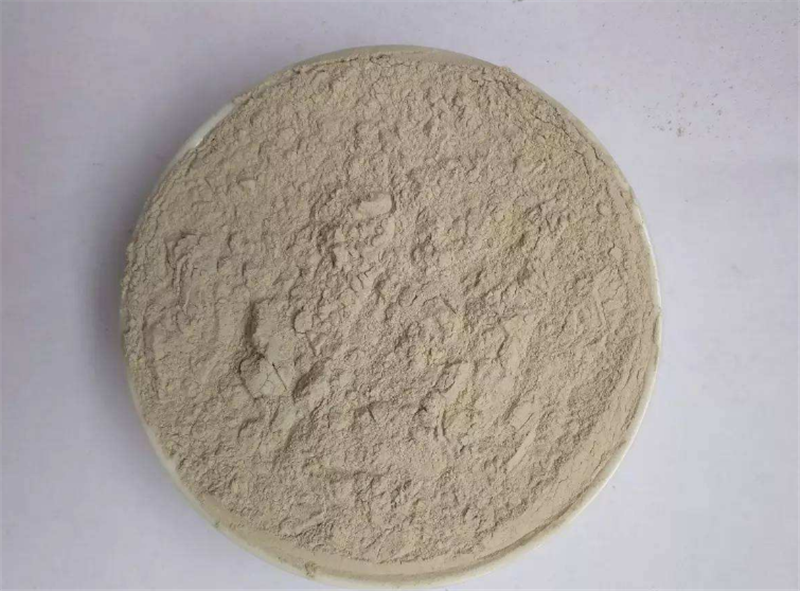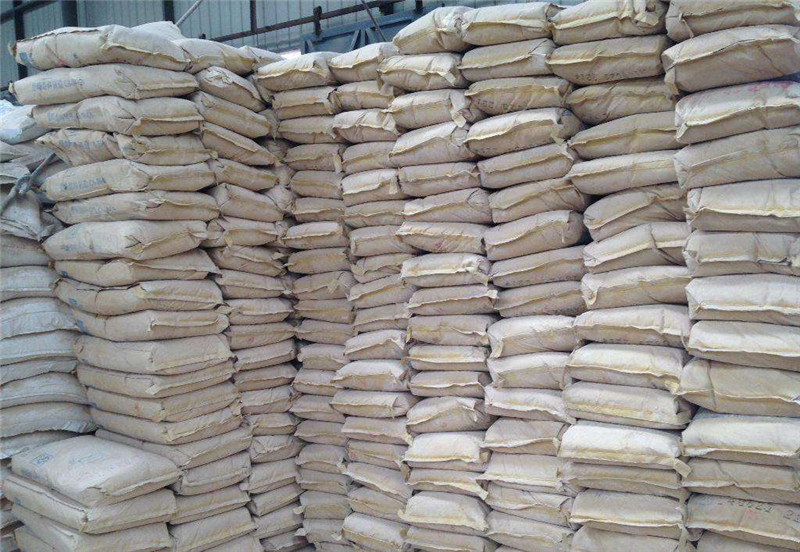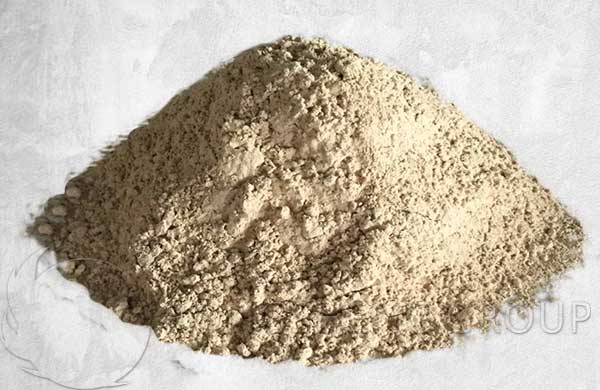Emergency Measures for Ladle Leakage
During the smelting period of the refining furnace, along with the continuous increase in the temperature of the molten steel, the ladle refractories are corroded to varying degrees, and other reasons eventually cause the molten steel to penetrate the ladle wall, and the molten steel overflows. Especially during the period from the completion of smelting to continuous casting, if the ladle is worn through, the damage will be very serious. The staff and production equipment under the lifting route will suffer serious casualties and damage. Bring huge property losses to the steel company. Following, let’s learn about Emergency Measures for Ladle Leakage.
Possible Causes of Ladle Leakage Accidents
- During the smelting period, the temperature of the refining furnace continues to rise, and the corrosiveness to the ladle continues to increase, resulting in redness of the ladle wall. If it is not found in time and cooling measures are taken, it is very easy to cause steel ladle leakage, and then cause production safety accidents.
- The oxidation of molten steel is too strong, and the slag brought from the furnace will also have high oxidation. The high oxygen content of molten steel and high (FeO) steel slag will cause the corrosion rate of refractory materials to accelerate, and will also cause Ladle Leakage.
- The quality of refractories is not good. The refractoriness, load softening point, and other indicators do not meet the standard requirements, and under normal molten steel conditions, corrosion will accelerate and cause Ladle Leakage.
- Ladle lining masonry quality is not good. Ladle masonry does not meet the specification requirements, especially if the refractory brick for the ladle lining joints are too wide, the brick joints are not staggered, the brick joints are not evenly coated and other defects, it is easy to cause the molten steel to penetrate into the brick joints and cause the refractory bricks to fall off and float up to cause the Ladle Leakage.
- Overuse causes ladle leakage also. In the process of using the ladle, it has been found that the lining of the ladle has a large erosion, and there is a risk of leakage.
Possible Signs before Ladle Leakage Accident
- The furnace lining is severely corrosive.
- The wall of the ladle is red and deformed.
- The temperature of molten steel is abnormally high.
- The surface of molten steel fluctuates abnormally.
Emergency Treatment Measures for Ladle Leakage Accidents
Measures to be taken when ladle leakage accidents are encountered at the smelting position of the refining furnace, hoisting, etc.
- If undesirable phenomena such as excessively high molten steel temperature in the ladle or redness of the ladle wall are found, the team leader and dispatch should be notified immediately. The production technology department is notified by the dispatcher to jointly study preventive measures and report to the company leaders in time. At the same time, except for the personnel of rescue agencies and those who must insist on production, other personnel are not allowed to approach the bottom of the refining furnace, and no one is allowed to stand within 20 meters of the lifting route.
- The furnace head immediately took measures to cool down. And immediately notify the workshop director and dispatcher, and the dispatching office will notify the Technical Quality Department to jointly study preventive measures. Report to company leaders in time.
- Except for personnel from rescue agencies and those who must insist on production, all other personnel on the site are not allowed to approach the furnace bottom or within 20 meters of the lifting route.
- After discovering that the wall of the package is red or burned through, the furnace supervisor on duty should immediately take measures to cool down and lift the safety ladle to the accident package area to prepare to turn the package. At the same time, an alarm was issued and other personnel was notified to evacuate. The dispatcher informs the chief surveyor, the safety department, the security department, the hospital, and the fire brigade, and activates the emergency plan. The on-duty dispatcher and the squad leader in front of the furnace must stick to their posts and quickly evacuate the scene after the accident is handled.
- After the accident caused casualties, the furnace supervisor on duty organized personnel to carry out rescue work while handling the lifting of the ladle. Move the wounded to safety.
- After receiving the notice, the Safety Section rushed to the scene immediately. Assist the workshop to seal off the scene, maintain the order of the scene, and assist rescuers in the rescue.
- The dispatcher is responsible for contacting the ambulance and cooperating with the doctor to send the wounded to the hospital. At the same time, escorts are arranged.
- Other personnel shall be uniformly organized and arranged by the headquarters. When gas leaks are found in gas equipment, gas pipelines, and ancillary facilities, they should immediately report to the workshop leader. The discoverer should be on guard to prevent unrelated persons from entering the gas leak area. If the leakage area is large, the gas protection station must be notified, and the safety department will send personnel to evacuate and guard the leakage area.
- After receiving the notification, the production dispatching office will immediately notify the production office, safety department, emergency rescue team personnel, general dispatcher, security department, hospital, and fire brigade of the on-duty dispatcher. The company leaders ordered the launch of an emergency plan.
- After receiving the notice, the electrical department will immediately switch on and off all electrical equipment on site. Eliminate secondary casualties due to leakage.
- The captain on duty in the continuous casting process immediately organized personnel to close and remove the on-site gas blind valve, butterfly valve, oxygen point valve box valve, and other flammable and explosive gas valves and equipment.
Rongsheng refractory manufacturer reminds steel mill customers that security is no small matter. It is our vision to ensure the economic benefits of the enterprise under the premise of safe production. In the production and sales of refractory materials for refining furnace ladle, Rongsheng refractory manufacturers always put production safety first. Bulk supply kinds of refractory materials for the ladle refining furnace, such as refractory bricks and monolithic refractories, etc. To get the price of refractory materials for high-quality thermal furnace equipment for free, please contact us. We will provide you with refractory products that best suit your production needs according to your specific needs. There are various refractory materials for refining furnace walls.
